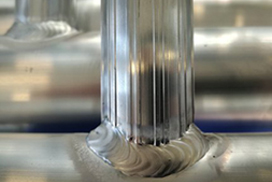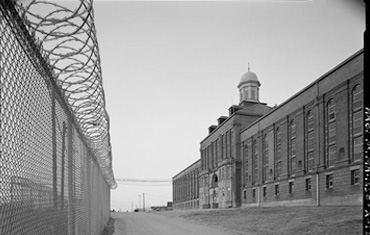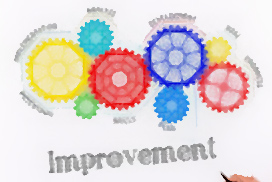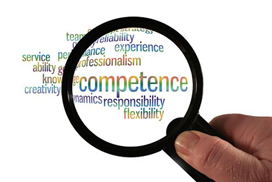What are some of the most effective tools that you have used to prevent repeatable defects in a manufacturing plant?

A Quality, Safety and CIP Manager asked, “What are some of the most effective tools that you have used to prevent repeatable defects in a manufacturing plant? We are trying to improve our FPY but continue with inconsistent results.” Scott’s and my response was:
Great leaps in quality come when you can characterize the process and understand what key factors lead to successful quality outcomes. It’s all about the process.
Read More








